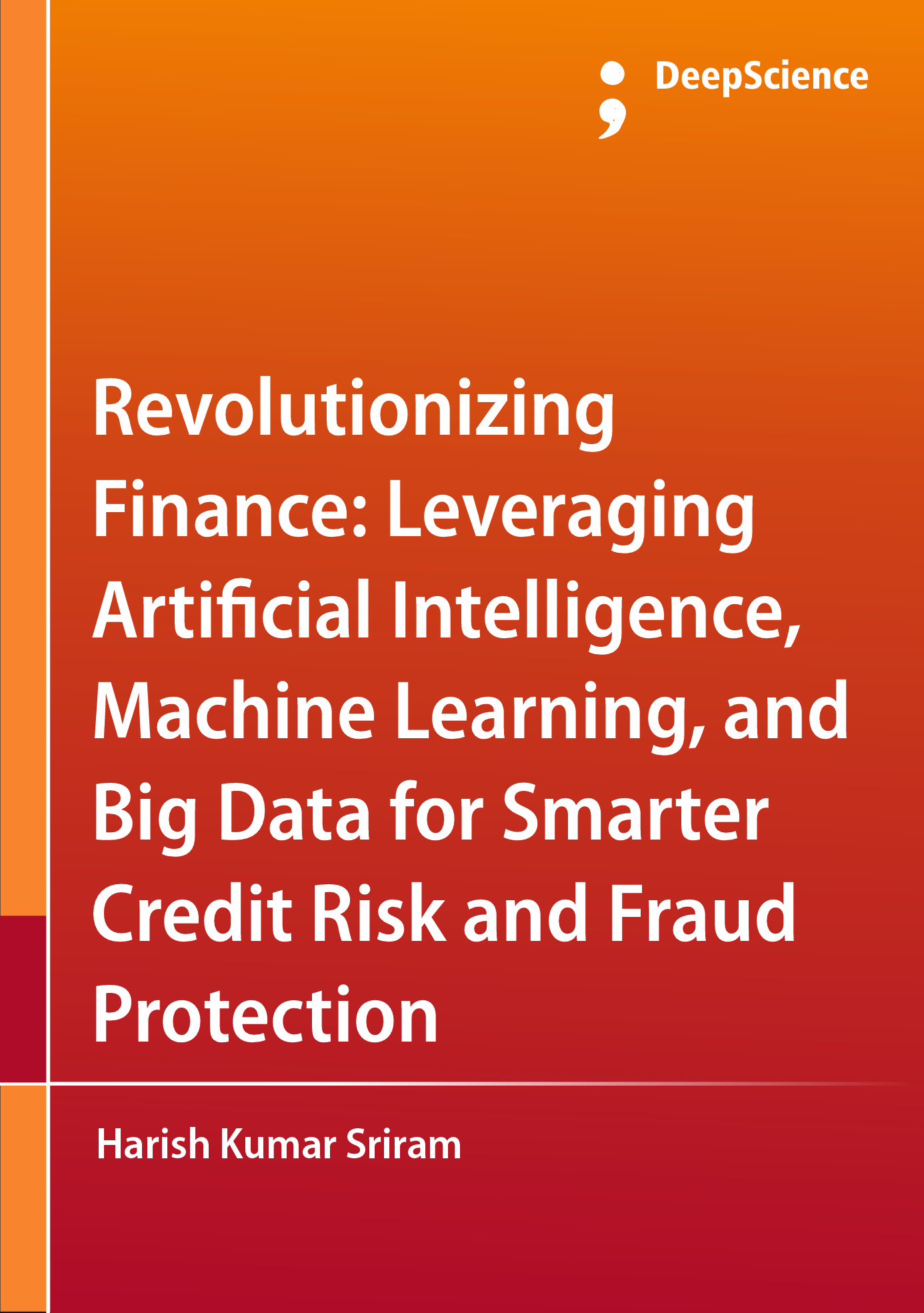Enhancing fraud detection with machine learning and pattern recognition
Synopsis
The shift from traditional fraudulent paper-based transactions to the electronic world means that the discovery of new fraudulent schemes is essential. The volume of transactions occurring on a global scale is simply huge, and traditional methods of fraud detection, such as handcrafted deterministic rules or reward models, are very time-consuming and unscalable. Many such rules can generate a mountain of false positives and significantly increase the cost of detecting the real "needle." For that reason, modeling fraudulent patterns has gained importance lately. Particularly, data mining, as a means of extracting implicit but useful relationships and patterns between various data attributes, has proven to be increasingly effective in the detection of fraudulent attempts.
The use of intelligent data analysis and data mining has increased due to the proliferation of different electronic means of monetary transactions. A variety of financial crimes, such as corporate, association, and consumer fraud, money laundering, loan scams, as well as various terrorist activities, all of particular interest to banks, benefit from the early detection of fraudulent intentions. The use of data mining seems to be particularly relevant in credit card transactions, which are growing rapidly in electronic business, but the percentage that is inspected by hand is low. Consequently, this new unbalanced proportion has increased the number of unchecked potentially costly fraudulent events and unlawful commerce. The huge amount of electronic transactions, with their representative complexity of procedures, makes this economic activity particularly ripe for the application of data mining.













